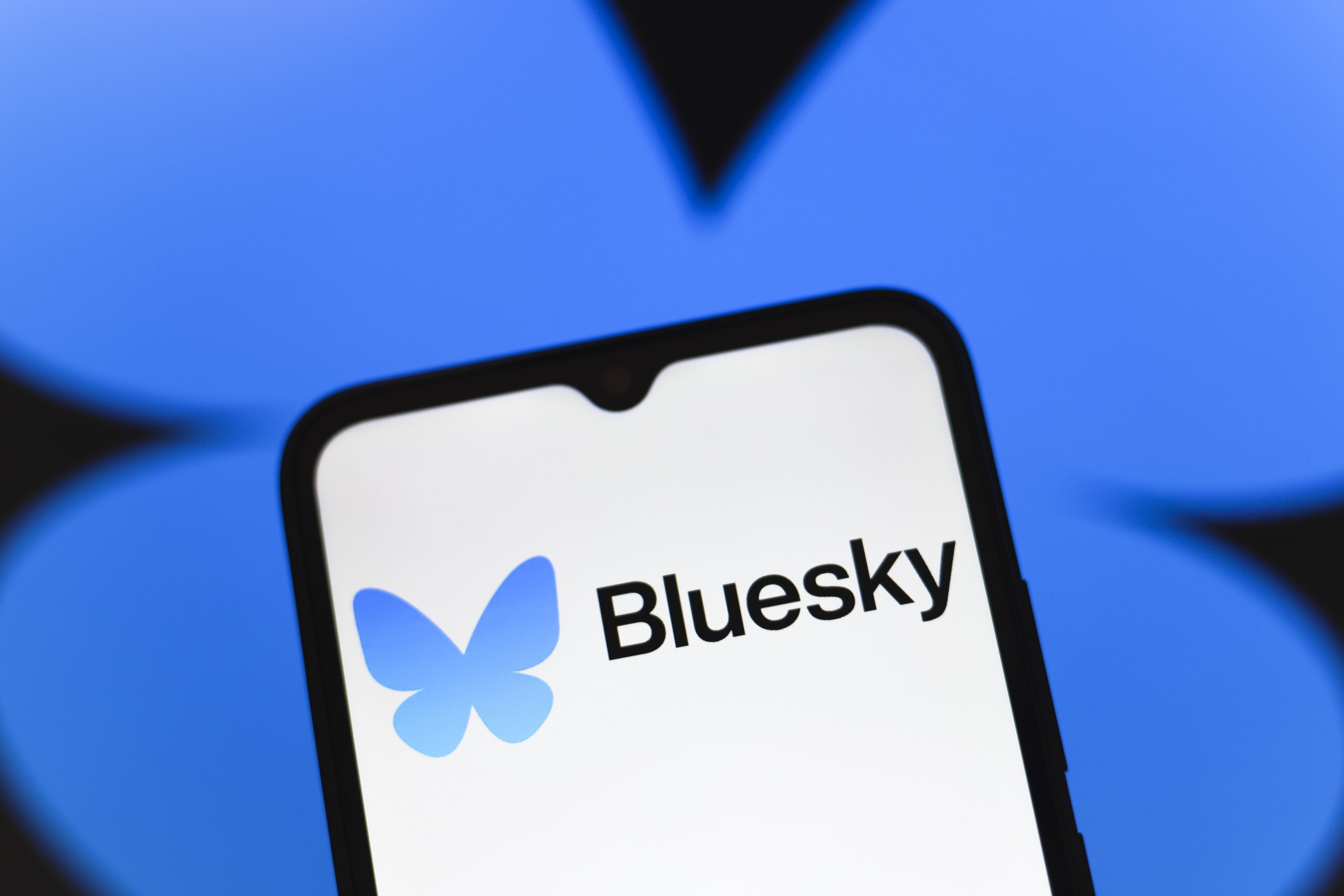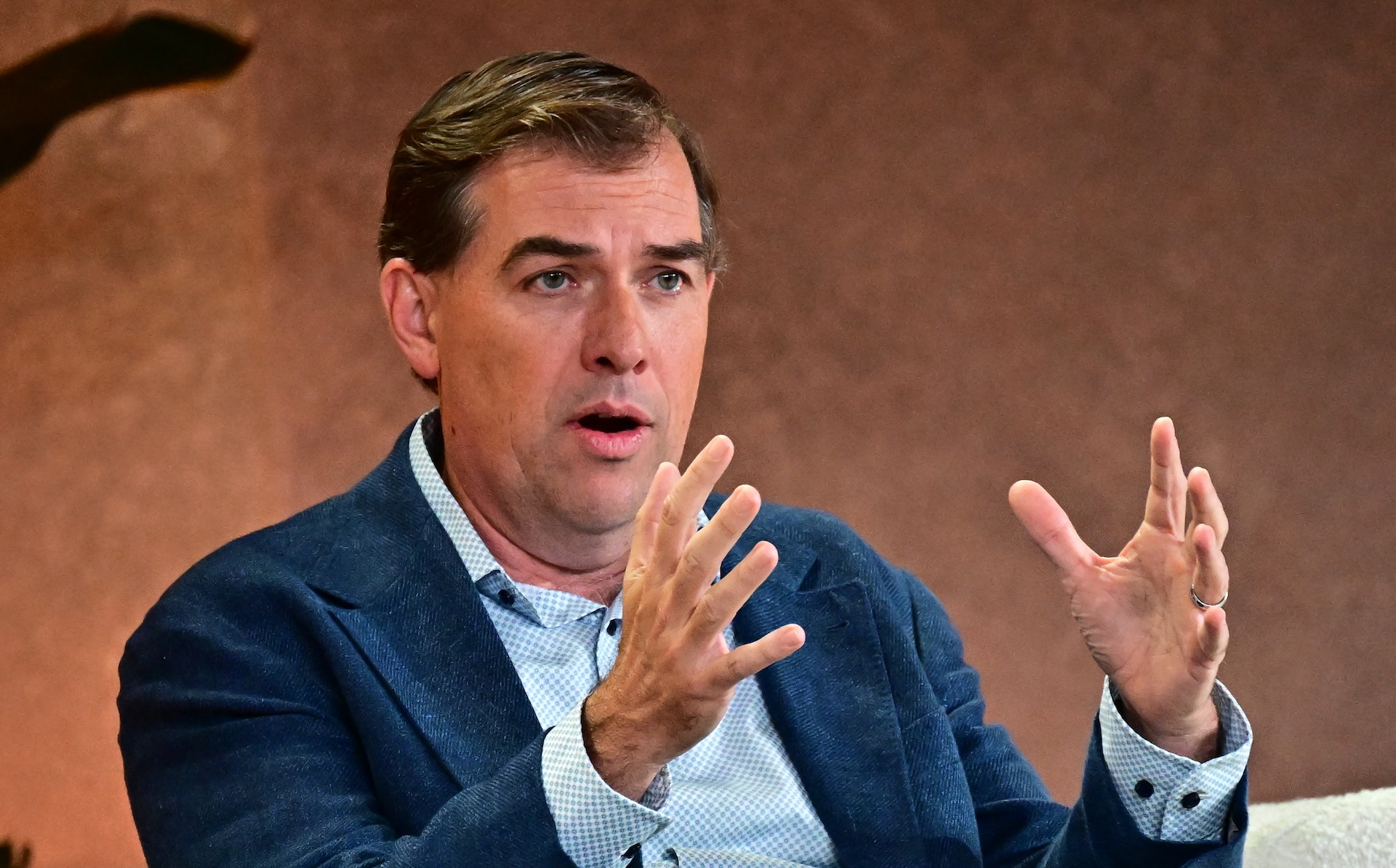
Bluesky, the rapidly expanding decentralized social network, has announced a significant milestone, surpassing 40 million users, alongside a suite of transformative updates designed to refine user experience and content interaction. These enhancements, headlined by the introduction of a "dislikes" beta feature, signal a strategic pivot towards more nuanced personalization and robust user-controlled moderation tools, aiming to cultivate a more "fun, genuine, and respectful" online environment. The move comes as the platform navigates the complexities of scaling its unique, federated architecture while addressing persistent community demands for effective content governance.
A Growing Ecosystem: Bluesky’s User Ascent
The achievement of 40 million users marks a remarkable trajectory for Bluesky, which began as an invite-only platform and only fully opened its doors to the public in February of the previous year. Conceived initially within Twitter (now X) in 2019 as an initiative to develop an open and decentralized standard for social media, Bluesky spun out as an independent entity in 2021. Its growth has been fueled by a confluence of factors, including a broader cultural shift towards seeking alternatives to traditional, centrally controlled social media platforms, particularly in the wake of significant changes at X. Many users, disillusioned by content moderation policies, algorithm shifts, or simply seeking new digital communities, have migrated to platforms like Bluesky and Mastodon, drawn by the promise of greater transparency, user agency, and open-source principles. This user surge underscores a burgeoning appetite for platforms that empower individuals with more control over their digital interactions and data, a core tenet of the decentralized web, often referred to as the "fediverse."
The Dawn of Dislikes: Enhancing Personalization
At the forefront of Bluesky’s latest enhancements is the beta rollout of a "dislikes" feature. Unlike a traditional "downvote" that might negatively impact a post’s visibility to all users, Bluesky’s implementation is primarily designed as a personalized signal. When users "dislike" a post, the system learns their preferences, intending to show them less of similar content in their main Discover feed and other algorithmic recommendations. This approach aims to fine-tune individual content consumption without globally suppressing specific viewpoints or content types, reflecting a more sophisticated understanding of personalization than a simple popularity metric. The concept of a "dislike" button has a storied history in social media; YouTube notably removed public dislike counts in 2021 to protect creators from targeted harassment, while platforms like Reddit have long integrated upvote/downvote systems that directly influence content visibility and user "karma." Bluesky’s model seeks to harness the feedback potential of dislikes while mitigating the potential for weaponization, focusing instead on individual user experience refinement. This analytical distinction highlights a platform trying to learn from past social media experiments.
Beyond the Thumbs: A Suite of Conversation Controls
The "dislikes" beta is just one component of a broader strategy to foster healthier and more relevant online interactions. Bluesky is implementing a series of conversation control updates, including nuanced tweaks to reply mechanisms, enhanced detection of toxic comments, and a renewed emphasis on prioritizing pertinent conversations for individual users. A significant innovation in this suite is the development of a system to map "social neighborhoods." This feature aims to understand and prioritize interactions based on the connections between users who frequently engage with one another. By surfacing replies from those "closer to your neighborhood," Bluesky intends to make conversations feel more relevant, familiar, and less prone to the disjointedness that can plague large, open networks. This directly addresses a critique leveled against some competitors, such as Meta’s Threads, which has, at times, been observed to present users with confusing, out-of-context conversations from distant corners of the network, as noted by observers like newsletter writer Max Read. By making replies more contextually relevant, Bluesky hopes to cultivate deeper, more meaningful community engagement.
Further refining the user experience, the platform is introducing an updated model for detecting "toxic, spammy, off-topic, or posted in bad faith" replies, which will be subsequently downranked in threads, search results, and notifications. This algorithmic intervention is a critical step in maintaining a civil discourse, even within a decentralized framework. Additionally, a minor but impactful design change alters the "Reply" button’s functionality: instead of directly opening a compose screen, it will now navigate users to the full thread. This subtle shift is intended to encourage users to read the entire conversation before contributing, thereby reducing "content collapse" and the prevalence of redundant or ill-informed replies – a common frustration on older platforms like X. These incremental improvements collectively underscore Bluesky’s commitment to empowering users with granular control over their digital interactions, fostering an environment conducive to genuine and respectful exchanges.
Navigating Moderation: Centralized vs. Decentralized Debates
Bluesky’s approach to moderation is deeply intertwined with its core philosophy of decentralization and the underlying AT Protocol. Unlike traditional platforms where a central authority dictates content rules and enforcement, Bluesky champions a model where users and third-party services play a significant role in managing their own experiences. The platform provides a robust toolkit for user control, including customizable moderation lists to block groups of individuals, content filter controls, muted words, and the ability to subscribe to external moderation service providers. Furthermore, features like the option to detach quote posts aim to mitigate the pervasive "dunking" culture that has often contributed to toxicity on other platforms.
However, this decentralized ethos has not been without its challenges. While many users are drawn to the promise of greater autonomy, a vocal segment of the Bluesky community has, at times, expressed frustration, advocating for more traditional, platform-level bans of "bad actors" and "controversial figures." This tension highlights a fundamental debate within the social media landscape: the balance between individual freedom and collective safety. While Bluesky’s framework technically allows users to build their own curated safe spaces, the expectation for a "default" safe environment, often enforced by platform administrators, remains a powerful societal norm. The company’s consistent stance, however, emphasizes providing tools for individual control rather than imposing broad censorship, reflecting its commitment to the open, federated design of the AT Protocol. This ongoing dialogue shapes the platform’s development, as it seeks to scale its user base without compromising its foundational principles.
The AT Protocol and the Future of Social Media
At the heart of Bluesky’s vision is the Authenticated Transfer Protocol (AT Protocol), an open-source, federated framework designed to enable interoperable social applications. The AT Protocol aims to break down the walled gardens of proprietary social networks, allowing users to move their data and identities between different services built on the same standard, much like email operates across various providers. This innovative architecture allows for "custom feeds" where users can subscribe to algorithms that rank content differently, or even create their own. It also enables "composable moderation," where users can choose their own moderation services or contribute to community-driven moderation efforts.
The long-term impact of the AT Protocol could be profound, ushering in an era of greater competition, innovation, and user choice in social media. By decentralizing control, it seeks to democratize the social web, reducing the power of any single entity to dictate terms or control information flow. This vision directly contrasts with the monolithic structures of current tech giants and aligns with the broader "Web3" movement. However, the technical complexity of federation and the challenge of building a cohesive user experience across disparate services remain significant hurdles. Bluesky, as a prominent application built on the AT Protocol, serves as a crucial testbed for demonstrating the viability and benefits of this decentralized future.
Competitive Landscape and Strategic Positioning
Bluesky operates within an intensely competitive social media ecosystem. Its primary rivals include the established behemoth X, Meta’s Threads, and fellow decentralized platforms like Mastodon. Each platform offers a distinct value proposition and faces unique challenges. X, despite its controversies, retains a massive user base and continues to evolve under new ownership. Threads, launched as a direct competitor to X, leveraged Meta’s vast existing user base and infrastructure for rapid growth but has faced questions regarding its unique identity and content relevance. Mastodon, a pioneer in the fediverse, offers a more mature decentralized experience but can be perceived as technically daunting for mainstream users.
Bluesky’s strategic positioning lies in its commitment to a user-centric, open protocol approach, aiming to offer the best of both worlds: a polished, accessible user interface akin to traditional platforms, built upon a decentralized, open-source foundation. The introduction of features like "dislikes" and "social neighborhoods" demonstrates a proactive effort to address common pain points in social media, learning from the successes and failures of its predecessors and contemporaries. By focusing on personalization and robust user controls, Bluesky aims to carve out a niche for users seeking a more intentional and less algorithmically manipulative online experience, while still benefiting from the network effects that drive social platforms.
A Balanced Perspective: Challenges and Opportunities
The latest developments at Bluesky represent a pivotal moment in its evolution. The significant user growth validates the demand for decentralized social alternatives, while the new features demonstrate a commitment to refining the user experience. The "dislikes" beta, in particular, offers an intriguing model for personalization that avoids the pitfalls of global content suppression. The "social neighborhoods" concept holds promise for fostering more coherent and relevant conversations, a critical element for building strong online communities.
However, challenges persist. Balancing the desire for platform-level moderation with the core principle of decentralization will continue to be a delicate act. Educating users on the nuances of a federated social network and the power of user-driven moderation tools is an ongoing task. Furthermore, scaling the AT Protocol while ensuring performance, security, and interoperability will require continuous innovation and collaboration within the open-source community. The cultural impact of these changes, particularly how users adapt to and utilize the new personalization and moderation tools, will be crucial in determining Bluesky’s long-term success. As the platform continues its journey, its ability to foster genuine connections and provide a resilient, user-empowered digital space will be key to solidifying its place in the evolving landscape of social media.
Conclusion
With 40 million users now engaging on its platform, Bluesky is no longer just an ambitious experiment but a significant player shaping the future of social media. The introduction of the "dislikes" beta and a comprehensive suite of conversation controls underscore its commitment to a user-centric philosophy, aiming to provide a more personalized, respectful, and genuinely engaging online experience. By refining its approach to algorithmic feeds and empowering users with advanced moderation tools, Bluesky is actively demonstrating the potential of decentralized networks to offer viable, compelling alternatives to the centralized giants. As it continues to grow and evolve, the platform’s journey will undoubtedly offer valuable insights into the ongoing quest for healthier, more transparent, and user-controlled digital communities.





